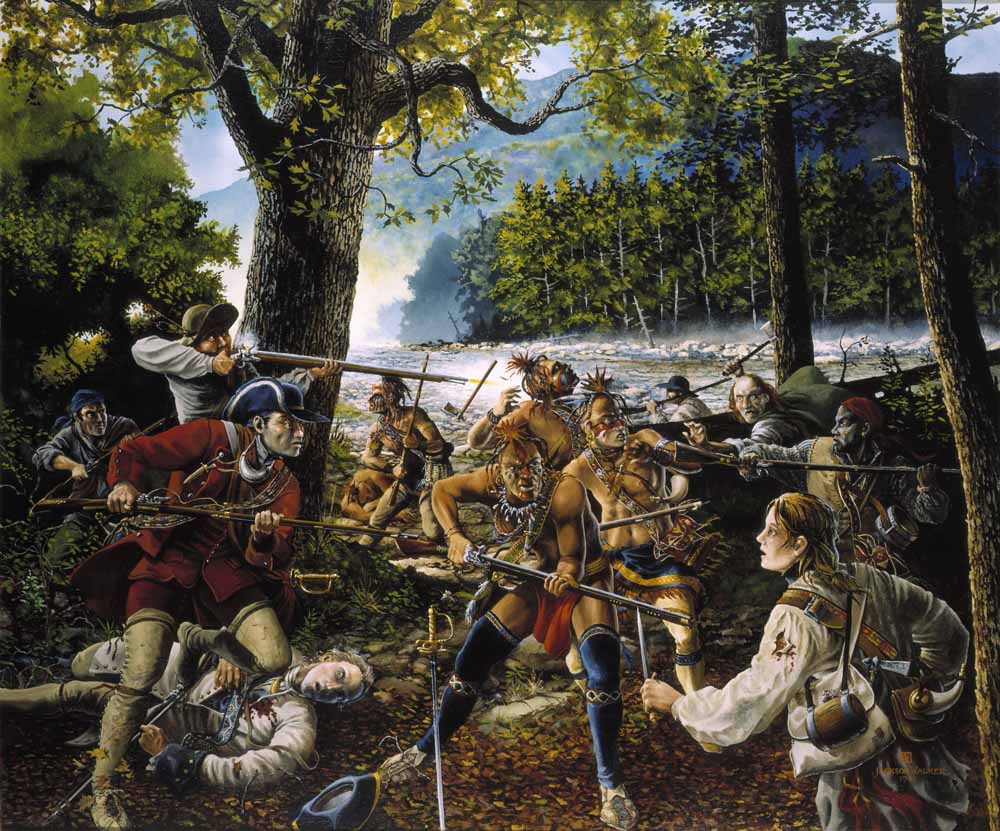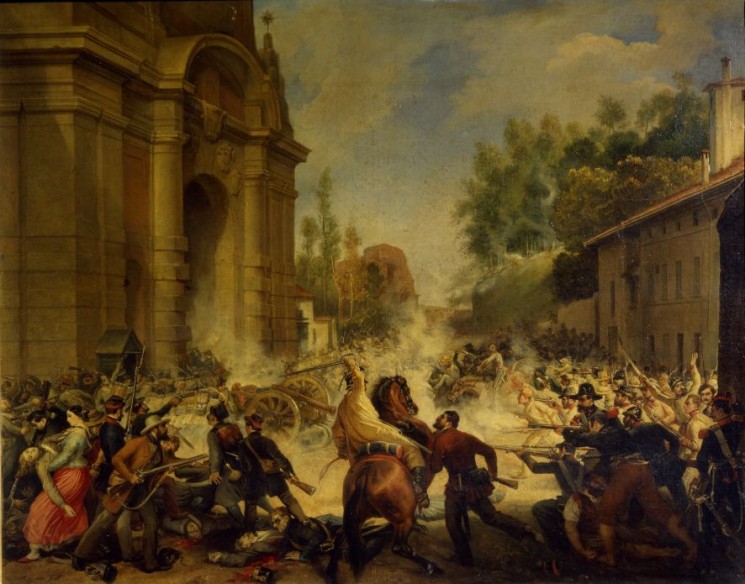The not so Sublime Porte
The Ottoman Empire, The Sublime Porte had stayed out of European Affairs for the most part in the 18th century. Since the defeat of the 7th Ottoman-Venetian War, the Turks had slowly but steadily modernized. In addition, at the turn of the 19th century, the Ottomans did not suffer any major upheavals. There was a fear in Venice as they prepared to march into the Italian Revolution War, that the Turk might attack them.
This was not to be. Though the empire looked to outsiders as stable and a highly dangerous threat, the increasing modernization had alienated many though it had just as many supporters. Selim III was a reformer and wanted to modernize the empire. He saw Europe erupt into chaos and knew that if he could just modernize the empire, then he could achieve dominance over them. However, this did not happen. He gave the order to replace the Janissary with a modern professional army.
The Janissaries did not take this lightly. Though they were a slave force, they held a great deal of influence and power in the Ottoman Court and this hurt their power and Influence. in 1807 they orchestrated a palace coup, killing Selim the 3rd and installing his cousin, Mustafa IV, as Sultan of the Ottoman Empire. However the reformers in the empire which had started to see progress being made did not take this lightly. Rallying behind Suleiman II, they began the Ottoman Civil War.
[A painting of the Duke of Nitra(later King of Hungary) declaring that Hungary is independent that hangs in Budapest]
The civil war proved futile ground for Independence movements in the rest of the empire. In Hungary the duke of Nitra declared independence almost as soon as the civil war began in 1807. The Hungarians rallied behind the duke and took fight to the Turk. Soon enough the duke was proclaimed King of Hungary.
It comes to no surprise that as the Turkish forces were focusing on the civil war, that the Hungarian forces were able to more easily liberate the Kingdom of Hungary. Both sides in the Turkish civil war used the Hungarians as propaganda in their own fight for the throne as each blamed the other. though by 1810 Hungary's war for Independence was largely over as turkey accepted their Independence in order to focus more on fighting the civil war.
This caused the Empire of Osmani to erupt into even more flame. The Croatians and Bosnians decided that this was there time to revolt and in 1810, they engaged in a war for Independence. Soon enough the lands were united under the kingdom of Illyria. In the East, Iraq was declared independent by Faisal Jalili who quickly won support from the people of his region. It helped that Faisal had managed to sway the ottoman soldiers in Iraq to his side. By 1814 Faisal had signed an Armistice with the Ottomans. A year later the same occurred in Illyria bringing for the time being an end to the conflict. This just left Mustafa and Suleiman to fight over the throne.
In 1821 Suleiman was rose to the throne and became known as Suleiman the 2nd. He quickly went about implementing his reforms and modernizing the army. The new Ottoman army proved its might over the Jannisaries in 1825 crushing them. This should have ended the conflict, but it was not to be.
[A painting of the Decisive battle of Narovinio, where the combined Aragonese/Venetian/Greek forces triumphed over the Ottoman Turks at Sea.]
The Venetians along with the Aragonese met with Konstantinos Zimisces who had fought in many of the independence revolts in Arcadia and Ameriga. The Venetians backed Zimisces and the Greeks in their fight for independence. Thus began the Greek war for Independence in 1825. After five years of planning, the Venetians and the Aragonese involved themselves in 1830.
The Venetians saw this as a chance to humiliate the Turks. More over, an independent Greece or a Greece under their protection would be a major blow to the power of the Ottoman Empire. The Aragonese on the other hand while seeing the same thing, also saw it as a chance to cut in on the Venetians which had long dominated the Eastern Mediterranean. Though for the time being they both cooperated against the Ottomans.
The Aragonese helped to create the Kingdom of Macedonia, by installing a younger son of the House of Aragon as King Alexander the 1st of Macedonia. The Venetians for their part made Greece as a protectrate under their protection. Both Aragon and Venice cooperated to create an Independent Albania while vying over influence in the new kingdom.
By 1833 the Venetians had forced the Turks to sign a Truce with Venice. Venice was to be recognized as the protector of Greece. This Truce was badly needed by the Ottomans which had to deal with now not just the Albanians and the Macedonians but Mustafa the 4th who rose up against Suleiman the 2nd.
As Mustafa the 4th whom escaped into hiding when Suleiman was proclaimed emperor rallied his forces and pointed to the European involvement as for why the reforms do not work. This reignited the civil war again as Suleiman and Mustafa fought for the control of the empire yet again. Mustafa for his part vowed to retake all the land that had been lost due to the civil wars.
It is of course no surprise that this brought even further revolts in the Ottoman empire, particularly in Egypt and in Syria and the Kurdish region. The Macedonians and the Albanians of course continue their fights for Independence against the Ottoman Turks. In thirty years, the Ottoman Empire went from being one of the most powerful empires in Europe and poised to dominate it to a broken shell of itself wracked with internal and external problems.








